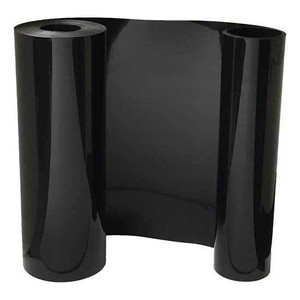You must read up on choosing the right bamboo to get a good idea what is best for your surroundings. Baaed on what you need, decide if you need runners or clumpers. Do you want something very tall or compact? You might want to get a variety of bamboo and create a wonderful space that will be enjoyed and admired by one and all.
If you have a lot of space and room, knock yourself out and get the best varieties you want to call your own. Once you have decided which bamboo you want to plant, make sure you read up and understand what each variety needs to remain healthy and strong. This can take a lot of work so show some caution before purchasing a wide range of plants.
When planting your bamboo, think about the day when you can sit back, listen to a gentle breeze blowing through these awesome plants and listen to the knocking of the canes and leaves rustling through your new world. You will find the incentive needed to get the job done sooner than you might think.










